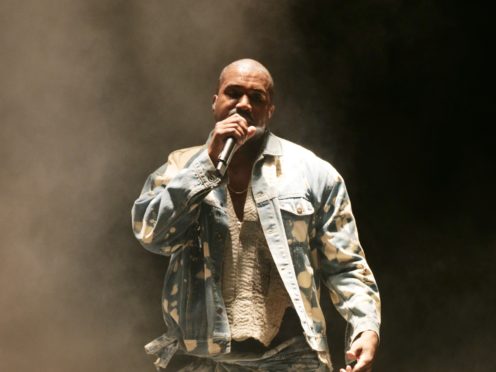Glastonbury’s greatest headlines have often brought controversy with them.
Each year the news of who will take to the Pyramid Stage is met with wild celebrations or deep groans.
One thing is for certain, the Somerset festival’s organisers are not afraid to take risks, this year booking grime figurehead Stormzy despite the 25-year-old only having released a single album.
Here the Press Association runs down 10 of the famed festival’s biggest and most controversial headliners.
T Rex in 1970
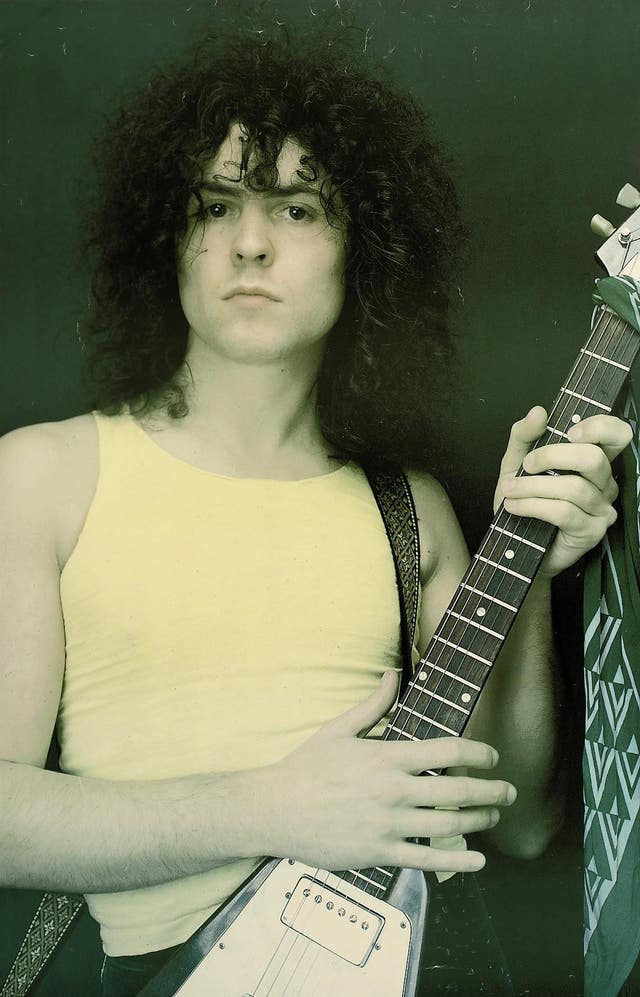
Marc Bolan made an entrance as he christened the first edition of Glastonbury with a storming set on the event’s then much smaller main stage.
In time old fashion of headliners dropping out at the last minute, Bolan himself stepped up to replace The Kinks.
He arrived on Worthy Farm in a Cadillac so large it barely fit down the property’s narrow lane.
The festival’s founder Michael Eavis told the NME his performance “remains one of the most memorable slots ever at the festival”.
Pulp in 1995
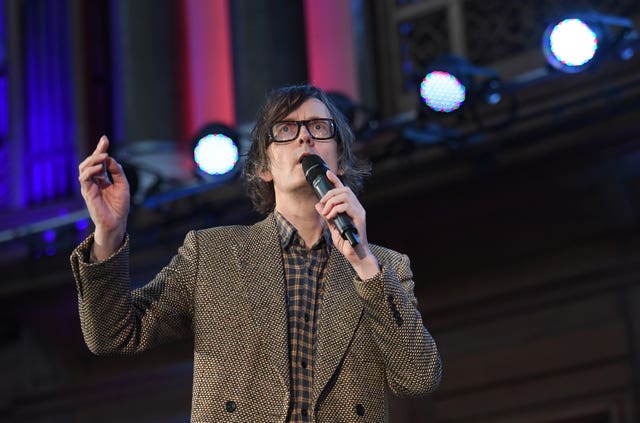
Carrying on the tradition of last-minute no shows, the Stone Roses were forced to pull out when guitarist John Squire broke his collarbone on a bike ride.
Jarvis Cocker and his oddball crew were on hand to step in as Britpop’s popularity peaked.
Primal Scream, Blur and even Rod Stewart were approached by the Eavis family but Cocker found himself lucky.
The band did not fail to impress, crowning their set with the now-ubiquitous Common People.
Radiohead in 1997

Hot off the release of their revered third album OK Computer, the Oxfordshire band were in fine form as they took to the Pyramid Stage.
Heavy rain blighted – or added drama to – their performance.
They tore through songs from Pablo Honey, The Bends and the most recent addition to their fast growing back catalogue.
David Bowie in 2000
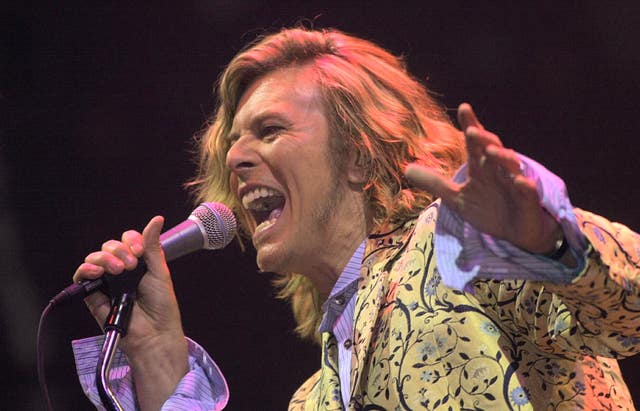
Bowie played at the second Glastonbury in 1971, and often recalled how he roused the audience with a late night rendition of Oh! You Pretty Things.
He returned in 2000, this time as a bona fide rock star with a back catalogue to match.
Jay-Z in 2008
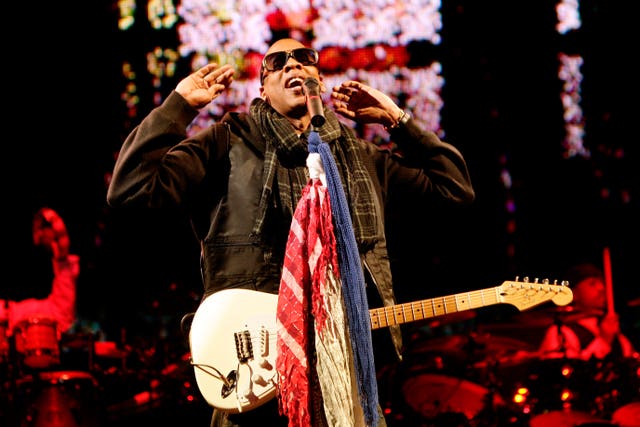
The New York rapper’s notorious headline slot proved hip hop could fill the top slot with ease.
Noel Gallagher was famously riled by the booking, saying at the time: “Glastonbury has the tradition of guitar music. I’m not having hip-hop at Glastonbury. It’s wrong.”
But Jay-Z arrived on stage brandishing a guitar and opened his set with a cover of Oasis’ Wonderwall, a knowing wink to the nay-sayers.
Beyonce in 2011
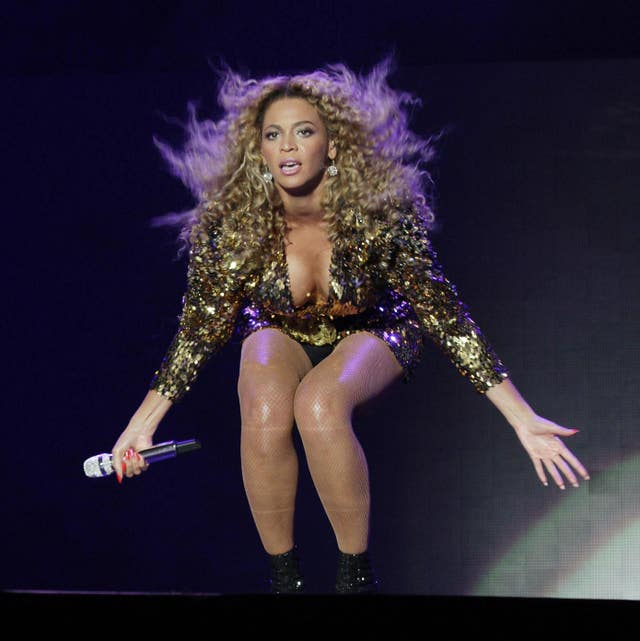
In a performance only bested by her own 2018 slot at Coachella, Beyonce brought her A-game to Glastonbury.
While still controversial, her show attracted less negative attention than her husband Jay-Z’s.
And like him, she exceeded expectations with a show-stopping performance including tracks such as Crazy In Love and Single Ladies.
The Rolling Stones in 2013
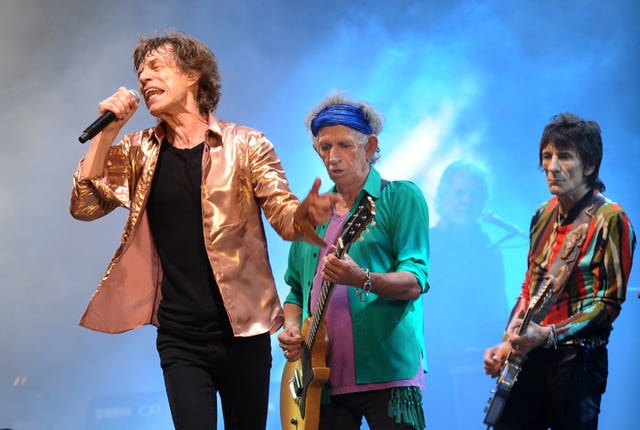
“After all these years they finally got round to asking us,” quipped Mick Jagger as he strolled on stage to the roar of 100,000 fans.
Of course, Glastonbury’s organisers had been asking the band to headline for years.
But touring commitments and reported quarrels over their fee blocked the way.
Their eventual performance was hailed a masterclass by critics, and showcased their ramshackle energy, even in old age.
Metallica in 2014

Glastonbury once again broke the mould, booking Metallica as the first heavy metal band to headline.
Any scepticism was pushed roughly aside by an opening salvo of hits before the band crescendoed with Enter Sandman.
Kanye West in 2015
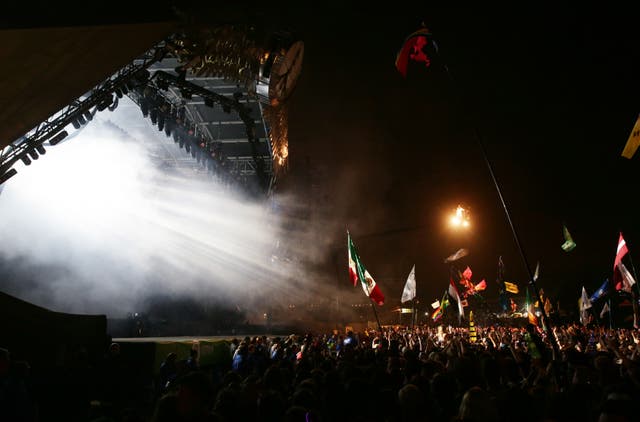
Critics dubbed the US rapper’s performance a compelling but messy affair.
West restarted his song Black Skinhead and forgot the lyrics to an impromptu version of Bohemian Rhapsody.
He ended by repeatedly shouting: “I am the greatest living rock star on the planet.”
Prior to him taking to the Pyramid Stage, a petition to stop him headlining reached 55,000 signatures.
Adele in 2016
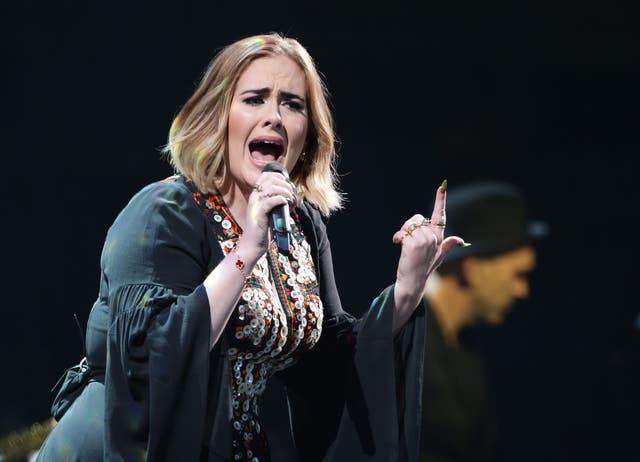
Adele began with Hello and from the moment she opened her mouth, she had everyone in the palm of her hands – despite dropping copious f-bombs.
The Skyfall singer spoke for long periods between songs – at one point revealing she “had a Chinese and did the dishes” as she watched Muse’s headline set from her home the previous night.
